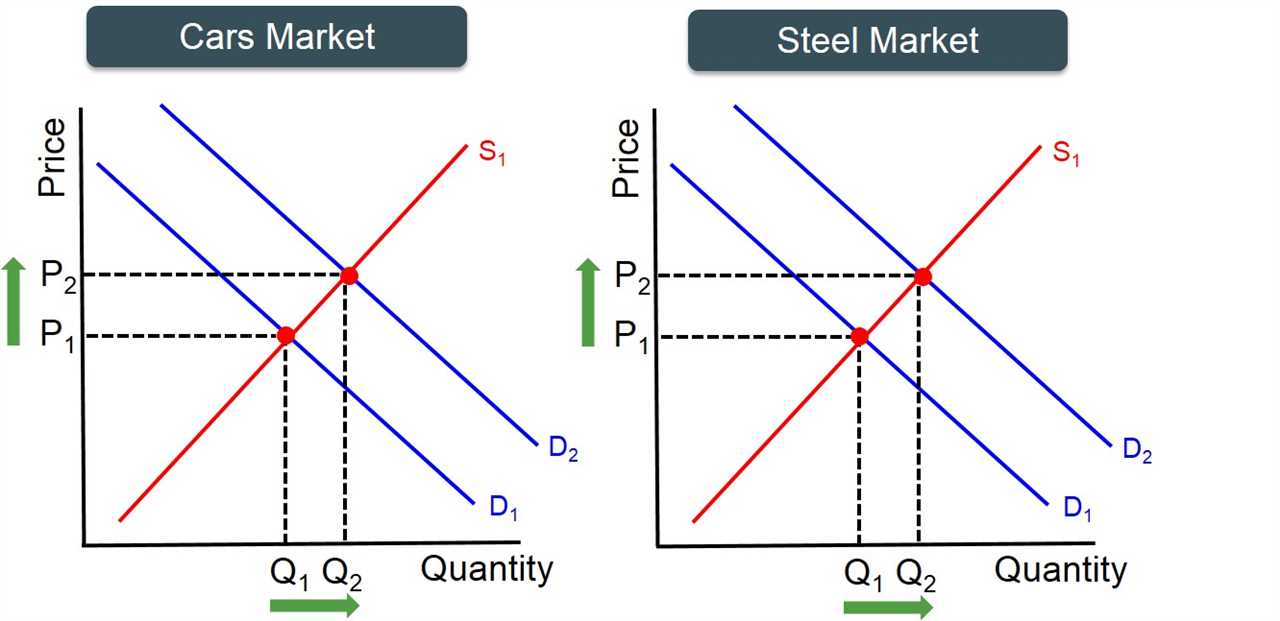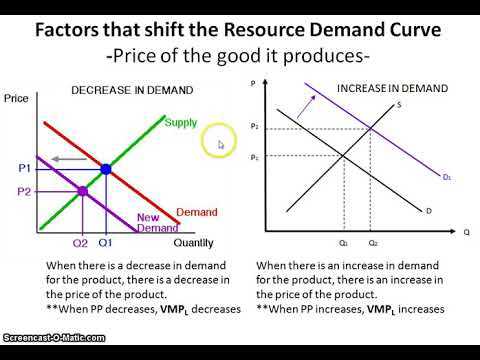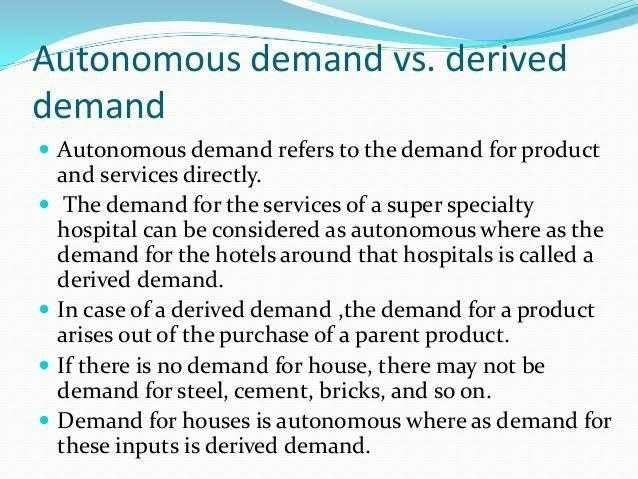Derived Demand: Definition and Calculation

Derived demand refers to the demand for a particular good or service that is derived from the demand for another good or service. In other words, it is the demand for a product or service that arises as a result of the demand for another product or service.
Derived demand is closely related to the concept of interdependence in economics. It occurs when the demand for one product or service is dependent on the demand for another product or service. For example, the demand for steel is derived from the demand for automobiles, as steel is a key component in the production of cars.
The calculation of derived demand involves analyzing the relationship between the demand for the final product and the demand for the inputs or factors of production required to produce that product. This can be done by examining the production process and identifying the specific inputs that are necessary for production.
Once the inputs or factors of production have been identified, the derived demand can be calculated by determining the quantity of inputs needed to produce a given quantity of the final product. This can be done using production functions, which represent the relationship between inputs and outputs in the production process.
Derived demand has several important implications. Firstly, it highlights the interconnectedness of different sectors of the economy. Changes in demand for one product or service can have ripple effects throughout the supply chain, impacting the demand for related products or services.
Secondly, derived demand can also impact the pricing of inputs or factors of production. When the demand for a final product increases, the demand for the inputs needed to produce that product also increases. This can lead to higher prices for those inputs, as suppliers seek to capitalize on the increased demand.
What is Derived Demand?

Derived demand is an economic concept that refers to the demand for a product or service that is derived from the demand for another product or service. In other words, it is the demand for a good or service that arises as a result of the demand for another good or service.
Derived demand is closely related to the concept of input or factor demand, which refers to the demand for inputs or factors of production, such as labor, capital, and raw materials, that are used to produce a final product or service. The demand for these inputs is derived from the demand for the final product or service.
For example, the demand for automobiles leads to a derived demand for steel, rubber, and other materials used in the production of cars. Similarly, the demand for housing leads to a derived demand for construction workers, building materials, and other inputs used in the construction industry.
Derived demand is an important concept in economics because it helps to explain how changes in demand for one product or service can affect the demand for other related products or services. For example, if there is an increase in the demand for automobiles, it will lead to an increase in the demand for steel, rubber, and other materials used in car production. This, in turn, can lead to an increase in the demand for workers in the steel and rubber industries.
How is Derived Demand Calculated?

Derived demand is calculated by analyzing the relationship between the demand for a particular good or service and the demand for the inputs or factors of production used to produce that good or service. It is important to understand that derived demand is not directly determined by consumer preferences or desires, but rather by the demand for the final product.
There are several methods that can be used to calculate derived demand:
- Input-output analysis: This method examines the interdependencies between different sectors of the economy and calculates the demand for inputs based on the demand for final products. It takes into account the different stages of production and the specific inputs required at each stage.
- Elasticity of demand: The elasticity of demand measures the responsiveness of the quantity demanded to changes in price. By analyzing the price elasticity of demand for a final product, it is possible to estimate the derived demand for the inputs used to produce that product. If the demand for the final product is elastic, a small change in price will result in a proportionally larger change in quantity demanded, and therefore a larger derived demand for inputs.
- Production function: The production function represents the relationship between inputs and outputs in the production process. By analyzing the production function, it is possible to determine the derived demand for inputs. This can be done by calculating the marginal product of each input and multiplying it by the price of the output.
Uses of Derived Demand

1. Production Planning:
Derived demand helps businesses in planning their production activities. By analyzing the demand for intermediate goods and services, companies can determine the quantity and timing of production to meet the final consumer demand. This ensures efficient utilization of resources and minimizes wastage.
2. Supply Chain Management:
3. Pricing Strategy:
Derived demand influences pricing decisions. When the demand for a final product is high, businesses can charge a premium price for the inputs required to produce that product. Conversely, when the demand is low, businesses may negotiate lower prices with suppliers or explore alternative sourcing options to reduce costs.
4. Labor Market Analysis:
Derived demand is a crucial factor in investment decisions. Businesses consider the expected future demand for goods and services when making decisions about expanding production capacity, acquiring new equipment, or entering new markets. By analyzing derived demand, companies can assess the potential return on investment and make strategic choices to maximize profitability.

Emily Bibb simplifies finance through bestselling books and articles, bridging complex concepts for everyday understanding. Engaging audiences via social media, she shares insights for financial success. Active in seminars and philanthropy, Bibb aims to create a more financially informed society, driven by her passion for empowering others.
